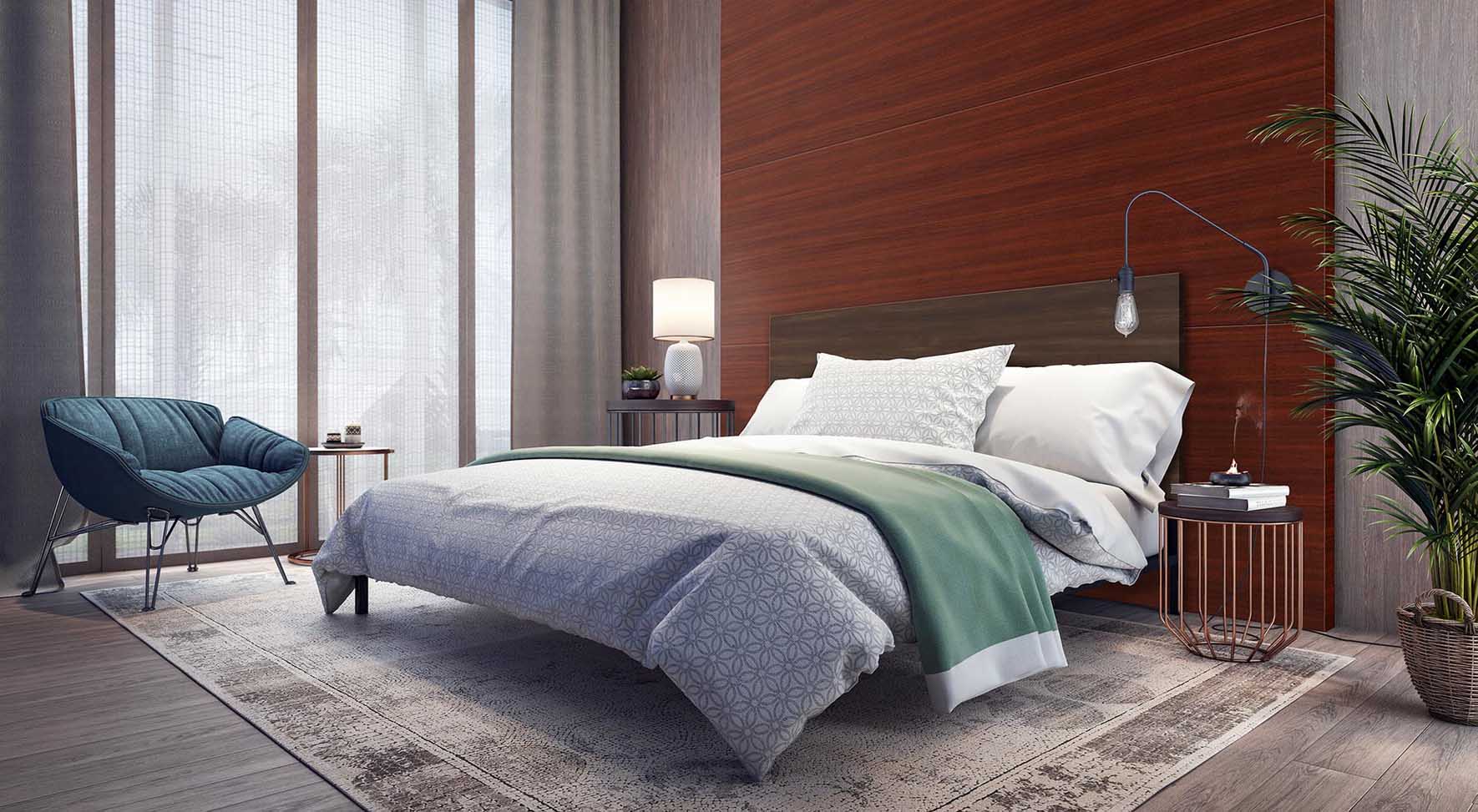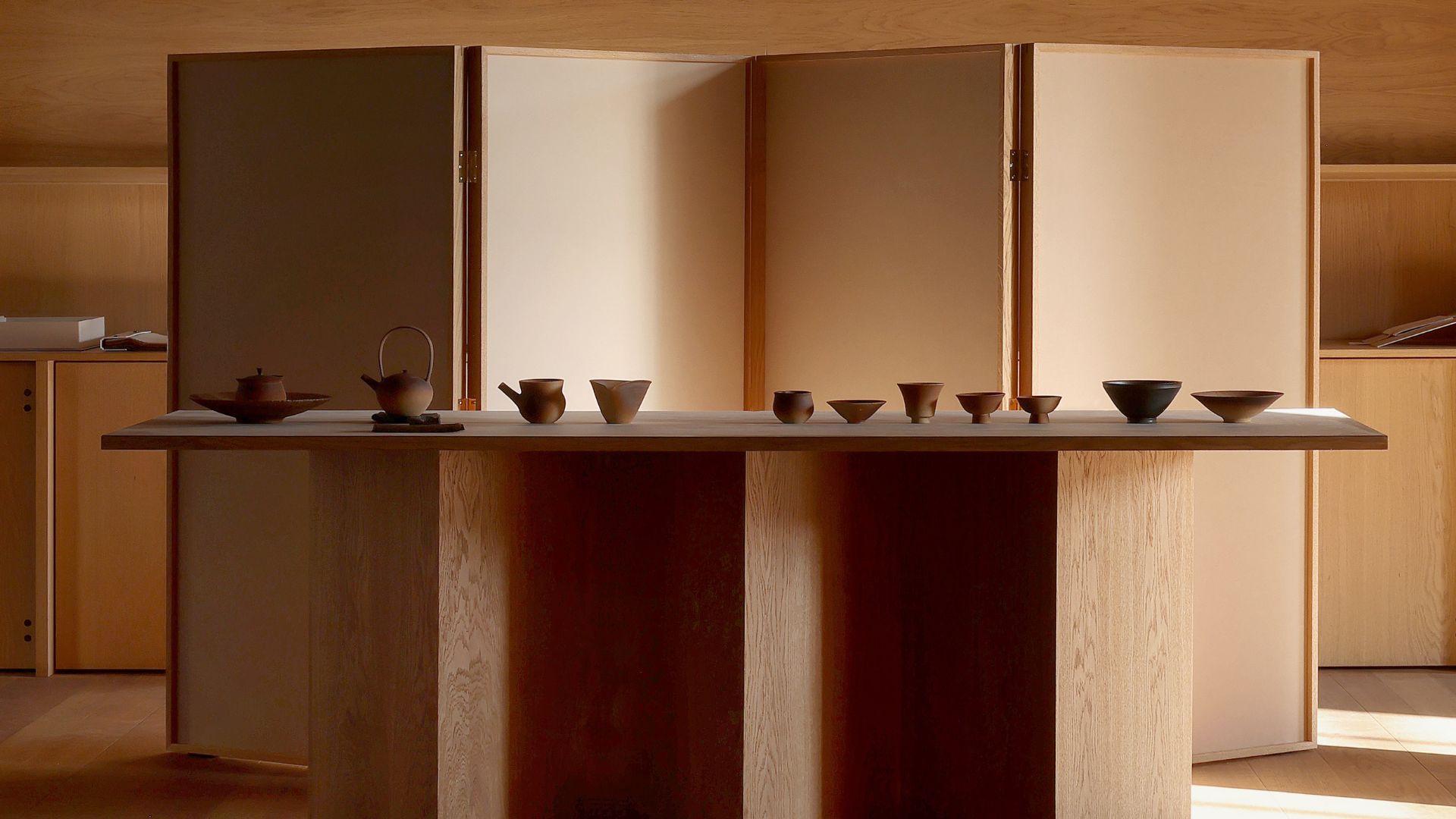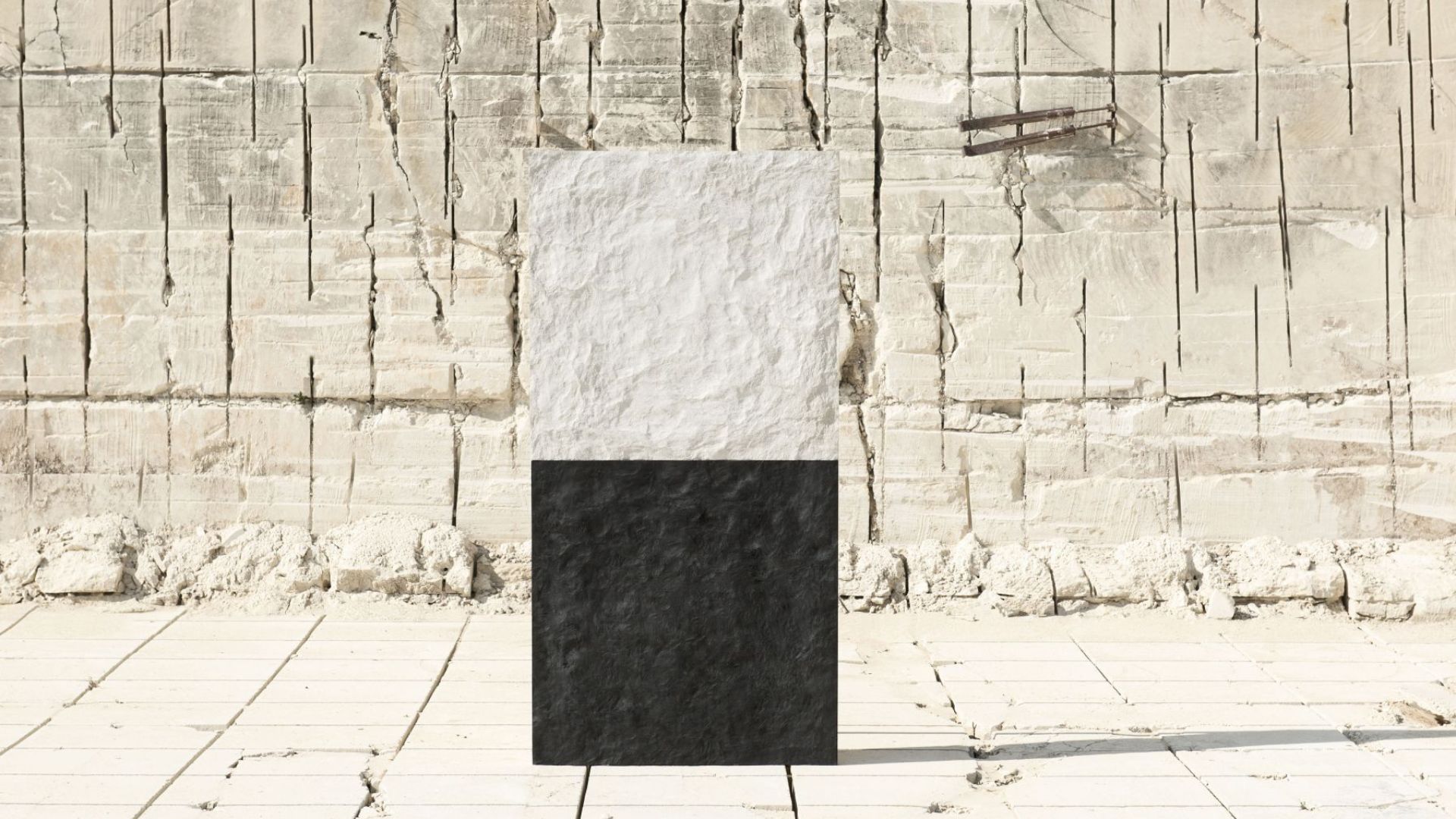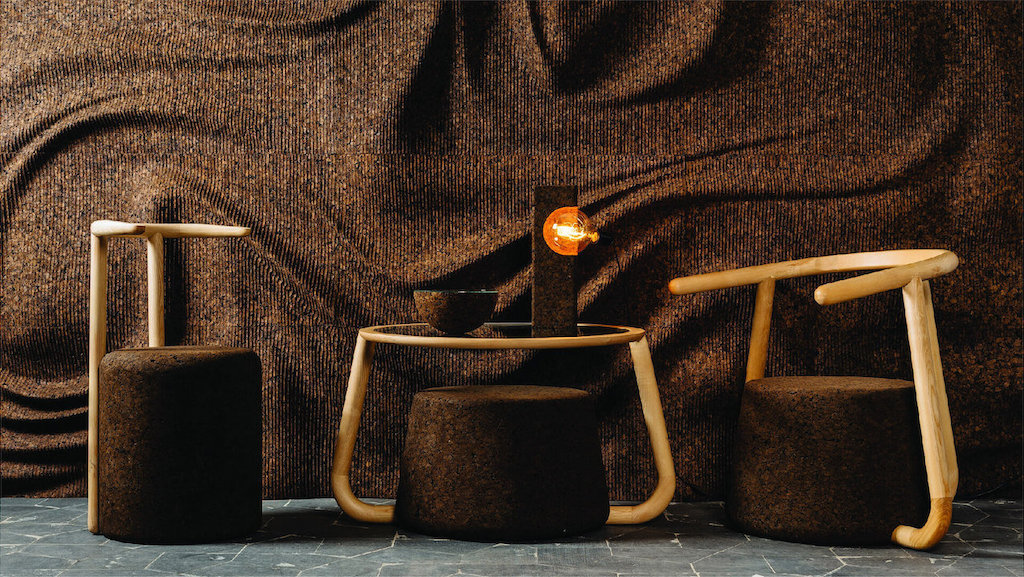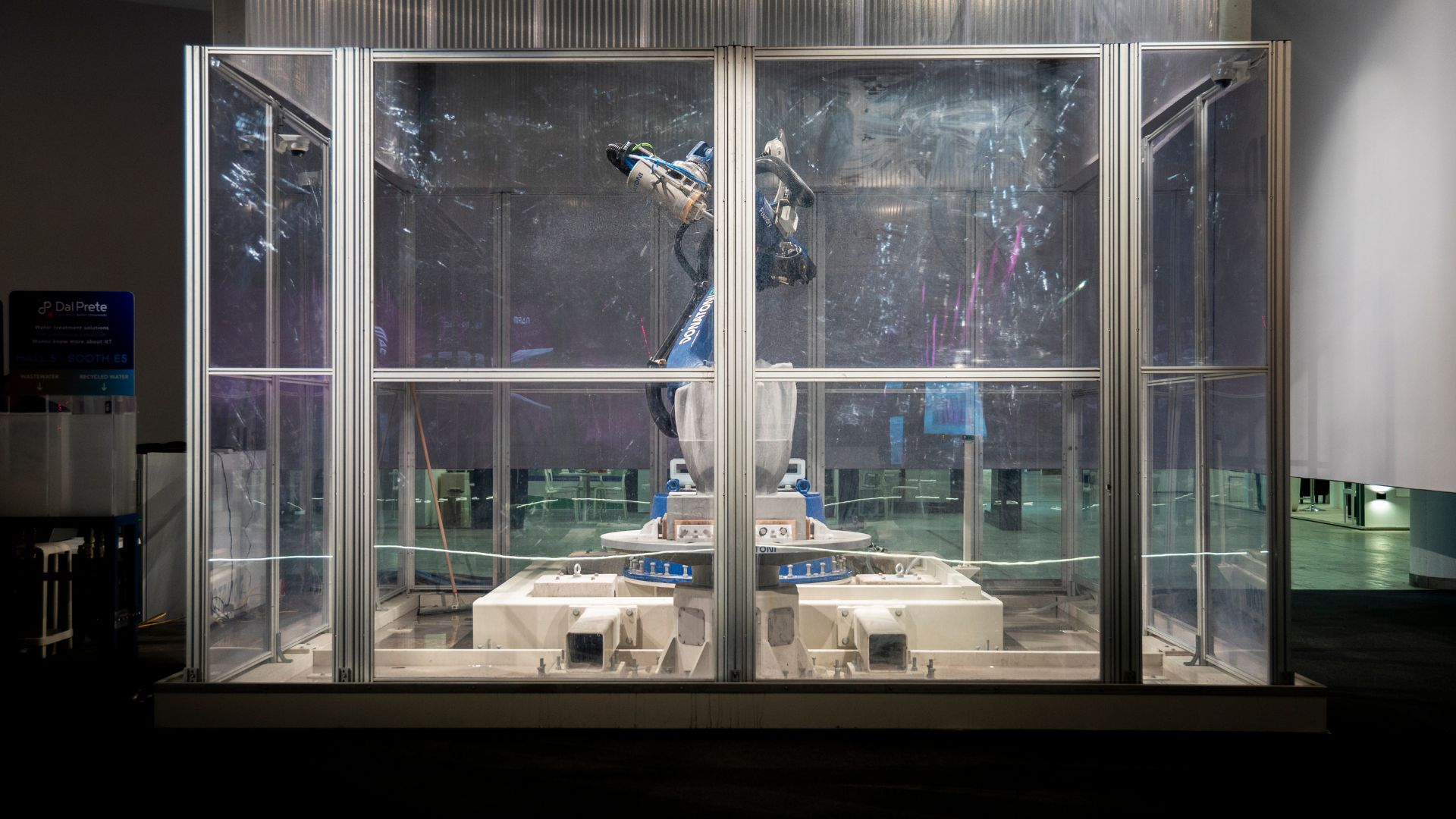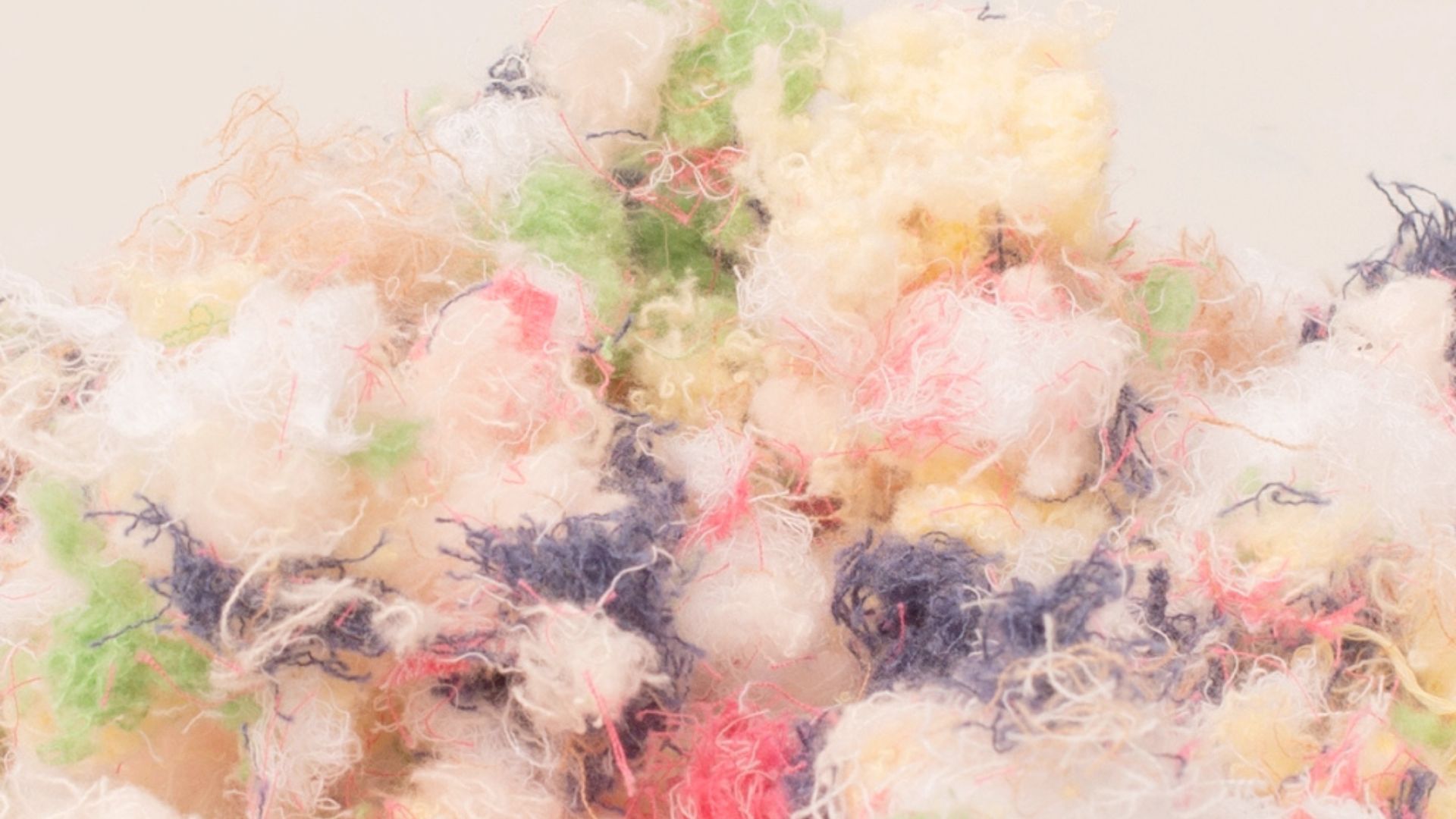Uni students create 3D felt sculptures with a robotic arm
Taubman College’s team entirely design the tools and the digital workflow to realize their robotic needle felting process, developing three original techniques
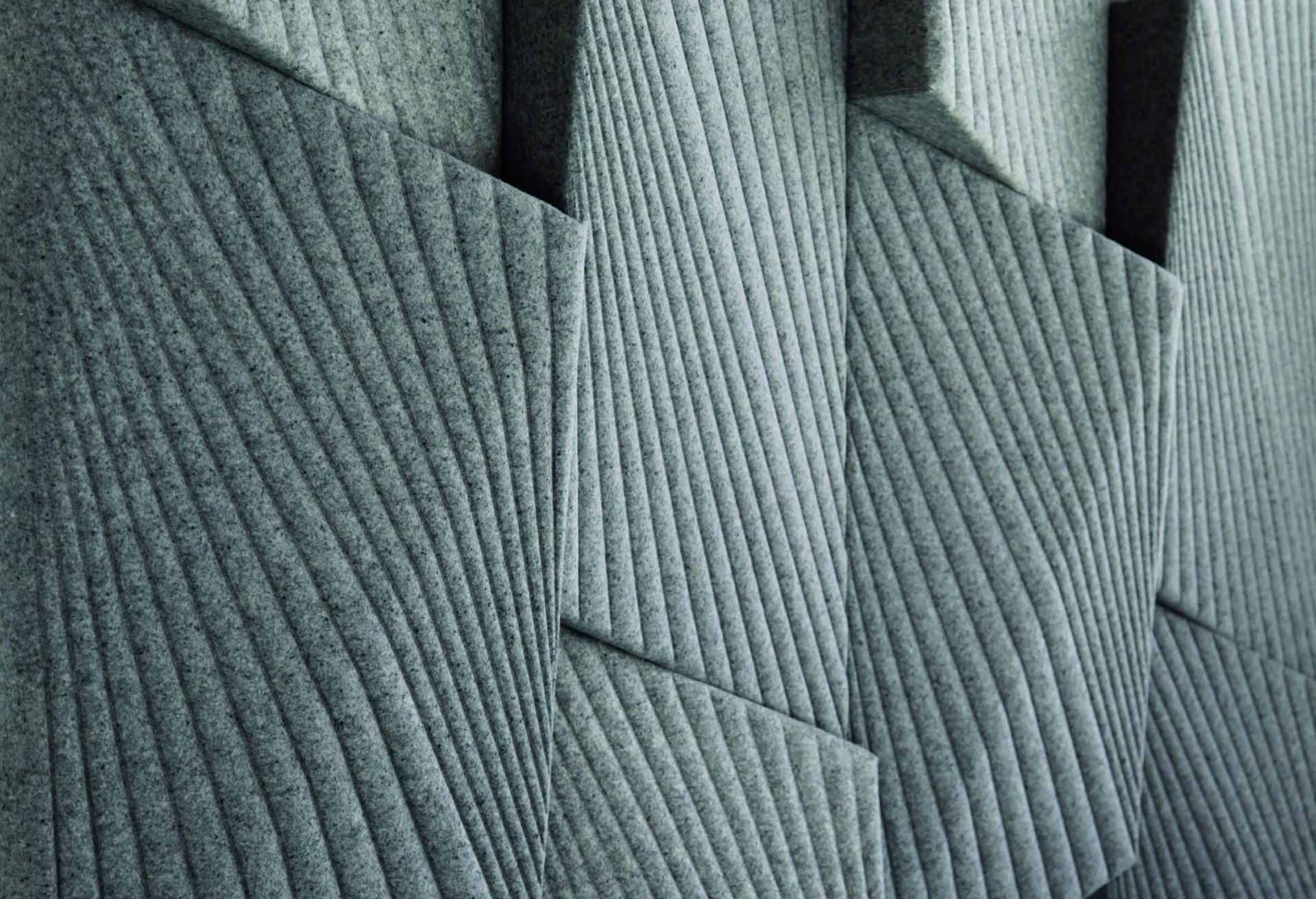
The robotic needle felting process suitable for the creation of 3D felt shapes was developed by Wes McGee, Tsz Yan Ng and Asa Peller from Taubman College – Michigan
Felt is a nonwoven textile material made from either natural fibers such as wool or synthetic ones. It is produced by matting, condensing and pressing fibers together, at times combining natural and synthetic ones.
On an industrial level, this work is already done by machines, but the project developed by the Taubman College Architecture and Urban Planning’s team enhanced this process with advanced technologies, opening new opportunities for felt.
The Taubman College’s team is working to innovate the textile industry which has not advanced remarkably in recent years. Some progress was made by the introduction of 3D knitting and weaving, but these processes set limitations on the resulting fiber density and thickness, limiting the various felt properties.
In fact, felt has the unique ability to be seamlessly added into a cohesive solid. Moreover, nonwoven textiles have numerous performative aspects, including excellent acoustic absorption, thermal insulation and tactile characteristics.
By developing a digitally controlled methodology for influencing these properties, the Taubman College’s team opens a wide range of potential applications in architecture for nonwoven textiles with its 3D felt applications.

HARD + SOFT is a robotic needle felting process based on an additive mechanism, which binds the material together without the addition of sewen thread or adhesives.
It works similarly to a 3D printing machine: a robotic head equipped with a needle is fed a strip of felt that it then lays out and attaches onto a foam substrate.

This robotic process not only enables precision and speed in the manufacturing of nonwoven textiles, but felting in 3 dimensions rather than 2 implements its capabilities, allowing the production of sculptural elements and complex geometries.
It also means that a felt panel can have local differentiation of stiffness and properties within it, without affecting the outer surface.
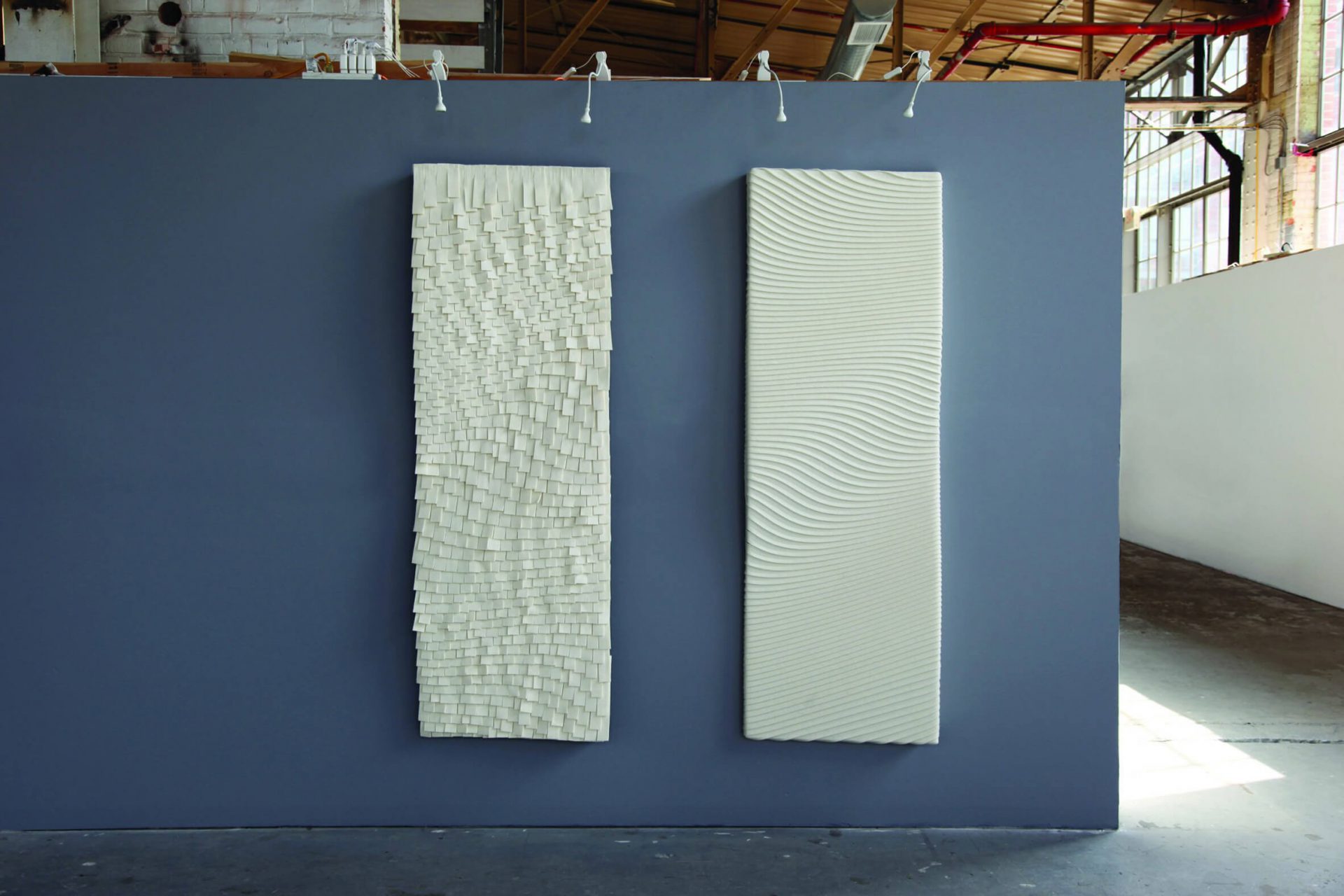
Taubman College’s team entirely design the tools and the digital workflow to realize their robotic needle felting process, developing three original techniques: shiplap, shingle and quilt, each with different textural effects and methods for productions.
All these techniques employ the use of a continuous feeding system which places the felt and cuts it precisely as a fully automated process. These techniques were then applied to create prototypes of architectural and interior elements such as acoustic panels, clad surfaces, and a pouf.








